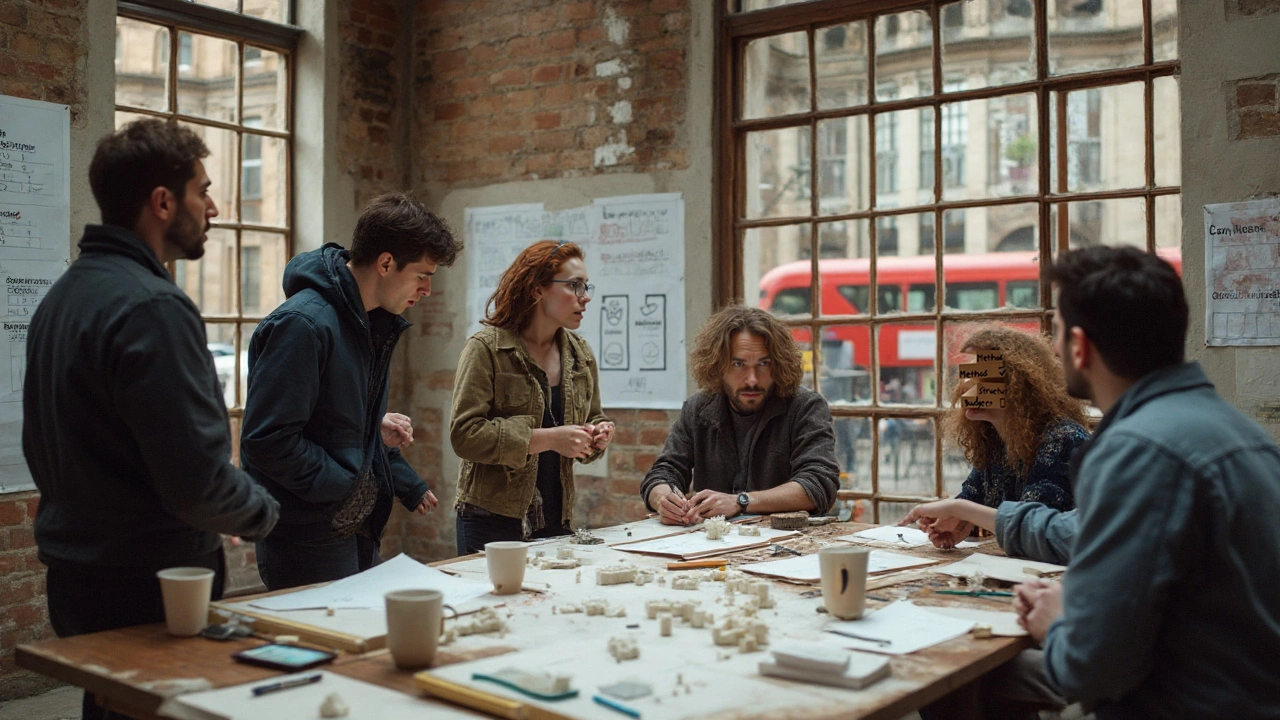Facade Engineering: What It Is and Why It Matters
When you walk past a sleek office tower or a historic museum, the first thing you notice is the building’s skin. That skin—the facade—is more than a pretty face. Facade engineering blends art, science, and technology to make a building look good, stay comfortable inside, and use energy wisely.
Key Elements of Modern Facade Engineering
First up, performance. A well‑engineered facade controls heat, light, and air flow. It keeps summer heat out, winter chill out, and lets daylight in where you want it. Second, materials matter. Glass, metal panels, terracotta, and even 3‑D‑printed polymers each bring a look and a set of properties. Choose what fits the climate, budget, and design vibe.
Sustainability is the buzzword everyone’s using, but it’s more than a trend. Low‑emissivity glass, recycled metal cladding, and ventilated rainscreen systems cut energy use and carbon footprints. Pair those choices with solar shading devices—louvers, fins, or dynamic glass—that react to the sun’s position.
How to Stay Ahead in Facade Design
Digital tools make the job easier than ever. BIM (Building Information Modeling) lets you coordinate the facade with structural, mechanical, and electrical systems in real time. Parametric design software can generate façade patterns that adapt to performance data, so you get both beauty and efficiency without hand‑drawing dozens of options.
Look at the latest trends highlighted in our articles: high‑tech architecture shows how smart glass and automated shading turn façades into energy managers, while Neo‑Futurism pushes the envelope with free‑form panels and AI‑driven optimization. Even historic revivals, like Renaissance or Gothic Revival, inspire modern façades through updated detailing and modern materials.
If you’re starting a new project, follow this quick checklist: 1) Define performance goals (energy, daylight, acoustics). 2) Pick a material system that meets those goals and fits the budget. 3) Model the façade in BIM and run energy simulations. 4) Test mock‑ups for weather resistance and visual impact. 5) Review maintenance plans—cleaning and repairs should be easy.
Don’t forget the aesthetic side. A façade should tell a story about the building’s purpose and its environment. Play with texture, color, and pattern, but keep the design language consistent. Small details—like the depth of a mullion or the rhythm of panels—can make a huge difference in how people perceive the structure.
Finally, stay curious. The field moves fast: new glazing technologies, bio‑based composites, and adaptive skins are hitting the market every year. Subscribe to our tag page for fresh case studies, how‑to guides, and real‑world examples that keep you ahead of the curve.
Facade engineering isn’t just about looks; it’s the bridge between a building’s inner comfort and its outer impression. Master the mix of performance, sustainability, and style, and you’ll create skins that work as hard as the structures they protect.

Pushing the Envelope with Deconstructivism: Design, Structure, and Cost
A clear, practical guide to pushing deconstructivism beyond sculpture-covering design methods, structure, budget, and buildability, with examples and checklists.
Read more